
 |
|
Last year, a friend of mine completed his first ten-day Vipassana meditation course in the California desert. I drove out there to visit him on the day his silence was broken. He was wildly changed! For hours, he digested his course aloud to me: the madness, confusion, anger, ecstasy, boredom, doubt, reconciliation, pain and insight of it all. It was great to see my good, long-struggling friend so changed. At the end of his exhilarating rant, he grabbed me by the shirt collar and exhorted: "You must read Ursula Le Guin's The Dispossessed as soon as you can!" Knowing my bias against reading works of fiction in lieu of spiritual material, I watched my impulse to say "no" arise. The impulse was soon replaced by a glowing feeling of "yes." This was my own insight arising out of my friend's meditative hard work - a gift. I found myself buying a mass-market paperback copy that evening.
As I have given up the practice of reading without tea, I began my journey into The Dispossessed amongst my old friends "Kettle" and "Pot," well-steeped in my favorite shou puerh (disregarding the summer heat altogether). The book begins with the protagonist undergoing a meditation experience of sorts, of the futuristic sci-fi kind. He spends the rest of the book chasing resolution to something he glimpses inside of himself. His quest takes place between two opposing worlds/societies: the first a nearly barren moon fostering a single clan founded on anarchist principles is free from the madness of markets, simplified down to bare essentials only. A Chajin would feel at home there, so long as the craggy, dusty soil stayed capable of sustaining tea bushes, which wasn't always the case. The other dwells on a planet first introduced as a place of opulent luxury is later found to be hypocritically hiding inequalities in underground off-limits zones. It was a proxy planet for our First World Earth. I imagined the new moon society operating as Light Meets Life will someday, sprung from the kind donations of those successfully navigating our current societal structure, some of whom might suspect there's another way of doing things free from buying and selling. Fantasizing and reflecting upon these new human possibilities throughout, with Le Guin's insightful words and Tea's insightful energy, I finally reached the end of the book where the protagonist reconciles in Zen fashion the paradoxical wall set up between the two societies with their respective realities. As I closed the book, a thought like lighting arose: "You should create the soundtrack to this book!"
The thought had all the accompanying characteristics of yet another Tea dictate: a flush of uplifting sensation from my heart through the top of my head, a Cheshire-cat grin smeared across my face, and a very noticeable background of fear, the kind that only arises when you know you absolutely have to do something that you do not yet know how to do. The prospect was thrilling. I knew right away how it would start.

I would take the desert landscape of my friend silhouetted against the meditation center, couple it with the dusty and dry purity of the burgeoning moon community, and then fuse both of those to a futuristic Tea vibration. I did not yet have a sound palette from which to work, but Tea had already set in motion the fine-tuning process of my music workspace. I had all the ergonomics and machines I would need in perfect working order, leaving little to no room for excuses why I couldn't create at any given hour. "Cha Dao is eighty percent cleaning" had served me well!
The process of creating the soundtrack had three meaningful stages. The first stage was a flood of sound design, getting to know the personalities of all the different electronic synthesizers I had stacked around me, all the while watching out for Tea's signal that I had found something worth bookmarking and adding to the palette. Tea communicated to me by way of bodily sensations and insightful thoughts, but sometimes just as an "ah-ha!" Once I had racked up a number of those, I started painting my landscapes, seeing if I had built up enough of an aesthetic to make songs that would cohere. It didn't take long to see that I had, which was very exciting. In short order, I had six complete songs and a number of sketches that had promise. This point in the process was some of the most rewarding creativity I had ever participated in, all thanks to Tea and the compassion of my friend who took the time to water the seeds of music I had within. Of course, as with anything utterly worthwhile in life, I would soon run straight into the Great Wall of Difficulty. I, like the main character in the book, had some serious internal reconciliation yet to accomplish.
I took the six songs out to the car - the same car that had stopped countless endeavors of musical progress dead in their tracks before. This time, despite my positivity, the car stereo test would turn out no differently than in times past. Out of the pristine environment of the studio, the music in the car was destructively bass-heavy and seemingly devoid of the inspiration I had put into it. I watched the old patterns of despair arise in my mind. But unlike all the previous times in my life when this had derailed me, I sat still as the witness to these negative thoughts, remaining naturally unattached to them and the dark and heavy depressed feelings that arose in my body. With Tea in my system, I was unflinchingly facing my own mind at full volume. It didn't take more than five minutes of analysis until I knew what I had to do: get a subwoofer in the studio and properly manage those frequencies! It was so rational, so scientific, and virtually unemotional, save the wave of hope that this time I would calmly solve the problem instead of throwing my music onto the rock pile of sonic defeat. After a couple weeks of waiting for deliveries and equipment modifications (all the while keeping my meditation and tea lifestyle at its maximum pitch) everything I needed for the music operation was hooked up.
Here began stage two, the overcoming-my-lack-of-engineering-confidence phase. I now had on my engineer's hat and began tweaking my sounds to be comparable in both the studio and the car. I worked back and forth between the two late into many nights, taking mental notes of patterns and applying my findings across all my songs. I confidently trained my ears, trusting that Tea was unlocking my innate ability from within. Soon signals of satisfaction arose from the hard work: things were sounding great for once!
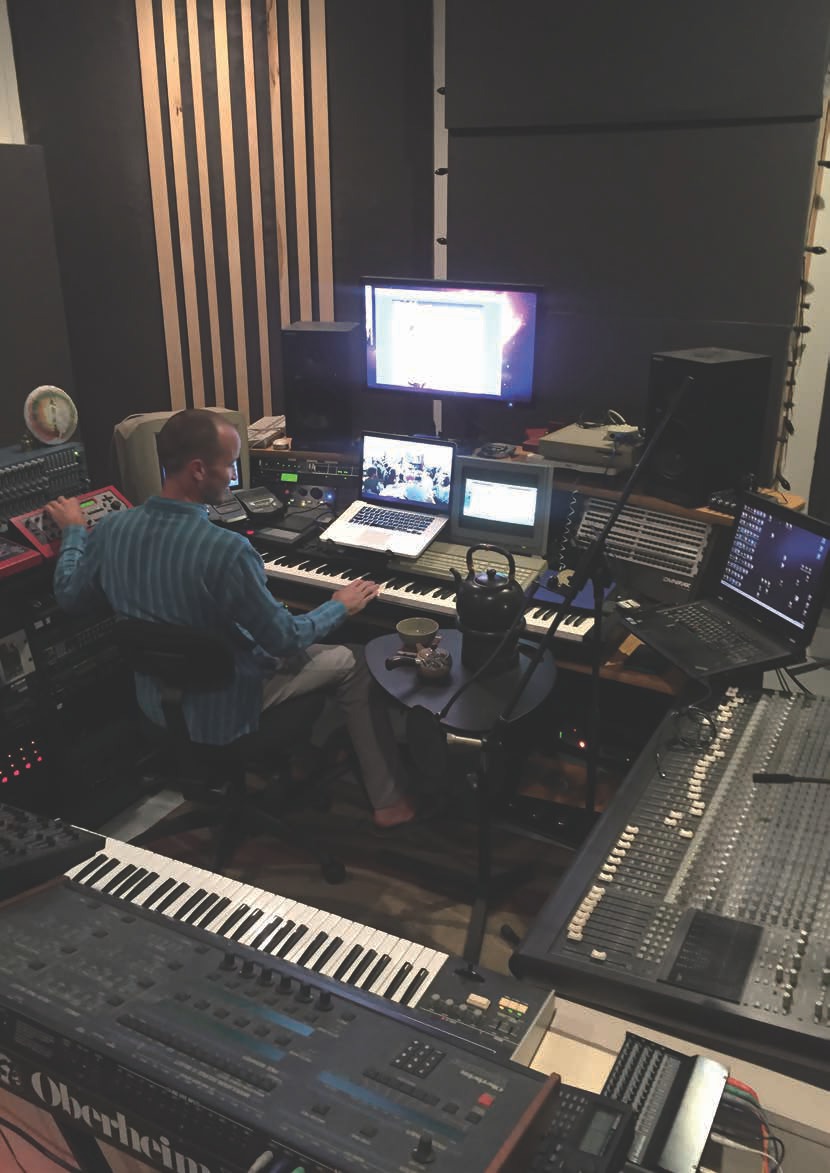
Stage three brought me into territory I had never been before. All of the parameters necessary for great music had finally arrived: an inspiring musical palette of sound, technology working for my benefit, engineering obstacles now manageable, and an insatiable desire to create welling up spontaneously from within. I continued to flesh out the six songs and lean into my previous sketches, asking them all what they wanted to be complete. Here I made my first foray into Zen music territory with Tea as my general. There was one song in particular that I knew needed something extraordinarily rad done to it in its sixteen-bar solo section. I put the sequencer into loop mode and started developing idea upon idea, take upon take. James Brown was known to have said, "The first take is God, the second take is man," and I was venturing further and further into the territory of man, no Zen in sight. No matter how skilled and inspired my performances were, General Tea would not plant the flag of victory. As I deeply concentrated on developing the part, trying hard to hit the mark, I transitioned from musician to meditator, observing myself at work. I quickly noticed that I was relying on old patterns of playing I had developed throughout my life, well-honed and cataloged within my two hands, and Tea was basically rejecting them all. The final requirement of this song was not to be accomplished by playing something with technical skill, but by unlocking something inside myself beyond what I knew I was capable of accomplishing. I needed to leave my ego behind to pass through the "Gateless Gate." How I ended up doing this is still something I marvel at, and the solo I left behind in the recording for me is proof of having done it. I know that as I was getting closer to "done," I felt a tremendous amount of resistance inside my physical body. My desire to stop playing increased to a nearly irrational point. I completely lost track of how much time had passed since I started working on the solo. I continued leaning into all the thoughts and feelings now arising within telling me that I should just give up. I noticed physical pain in my legs building from sitting so long. Using my Vipassana training, I did not flinch from this but used it to concentrate my mind on the present moment even more fully. Working in this way, finally an instant came where, nearly breaking into a sweat, I played a series of notes that came from a place I clearly recognized as "not mine." It had flowed through me from beyond. Astonished at the accomplishment, I lay down on the floor, grabbed my headphones and replayed it for myself again and again, reveling along with Tea that victory in this battle was ours!
The process of making this album was some of the most rewarding creativity I had ever participated in, all thanks to Tea and the compassion of my friend who took the time to water the seeds of music I had within.
There is a popular notion about Zen in Western culture supposing that Zen can be applied to just about any art, that the Samadhi of Zen meditation is the same as the no-mind of expert skill. The difference between the two is that Zen leads to a fundamental realization that changes one's whole personality. I cannot claim that through this one musical experience my entire personality was radically altered. However, after having created art in this fully committed way just once, I was able to apply the same "entire self effort" to the rest of album with great results that dramatically affected my sense of self (or is it notself?). Accomplishing this throughout thirteen tracks, overcoming almost always the same high level of difficulty with each song in its own unique way, was very humbling. The additive effect of working through so much artistic stagnation while tarrying with this set of music, in a way that somehow helped make sense of my entire life as a musician, certainly changed my personality for the better. It gave me a kind of self-confidence whereby I found enough peace to declare, "I now have what it takes to be a good musician," no question. In the end, after having passed through all the stages, I have a work that is proof of the greatness of Zen and Tea, at least as I experienced them. I created something and now I can let go.
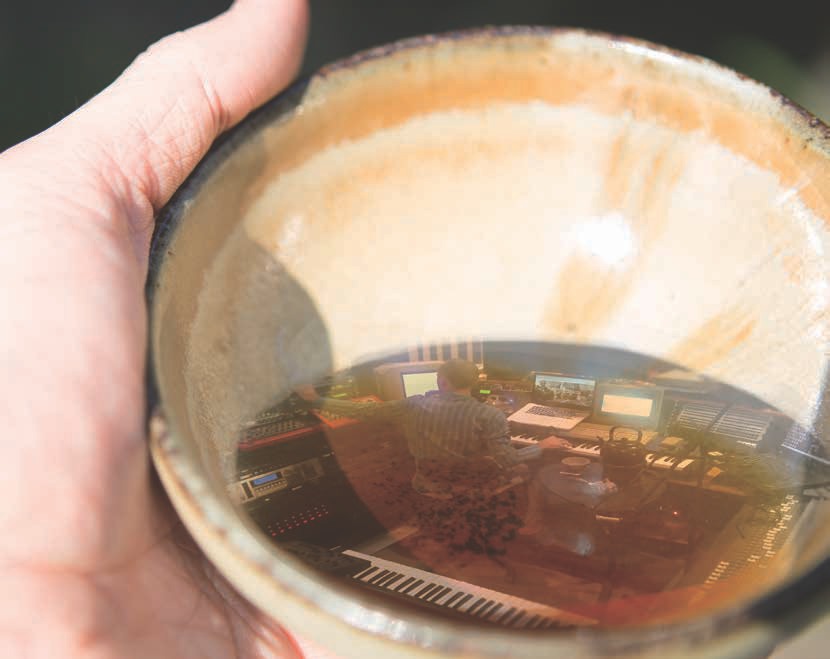
As Ursula Le Guin says herself in her translation of the Dao De Ching:
To bear and not to own; to act and not lay claim; to do the work and let it go: for just letting it go is what makes it stay.
Although my album was inspired by tea, I would not exactly call it music for tea. That music will hopefully take shape at a later date! In the meantime, here are some selections of music I have recently grown to love. I regularly play these during tea ceremonies.
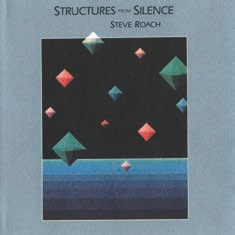
As an artist quoted as saying, "Develop an empathy for the present moment and express this, and remember to breathe through it all," Steve Roach's ambient masterpieces are perfect for creating an introspective tea space. Within Roach's prolific catalog, "Structures From Silence" is widely considered one of his best works. Although made with synthesizers, the album has a very organic quality, and is filled with long, evolving chords thatnaturally breathe in and out. Roach states that during the making of the title track he consciously "played with breath, the place in between the breath, the sigh." It could be said that this is exactly what we are doing when we are deeply communing with Tea in the tea space. I find this album works best in evening tea sessions.
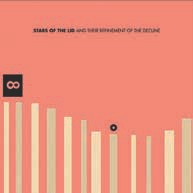

Call it ambient, call it post-classical, call it what you will: these albums are sure to put your guests in the mood for some serious tea. This is music that is simultaneously easy and challenging, sorrowful and optimistic. If you are having trouble getting your tea guests to embrace staying silent, you need only put either of these on rotation. I tend to save these albums for sessions where I'll be serving my best teas. They contain emotions similar to a Rothko painting: you keep listening and looking and they keep changing and giving. Isn't that what Tea does as well? A perfect complement to aged puerh.
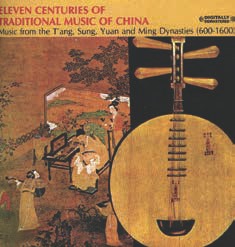
When it comes to selecting music for tea, my first thought almost always turns to traditional Asian music. My trifecta is ancient melodies (the older, the better), solo ethnic instrumentation and a grainy recording that transports the listener to another time altogether. The compilation "Eleven Centuries Of Traditional Chinese Music" has all three! Sadly, my copy doesn't credit any of the musicians or note the time and place of each recording. Admittedly, there are better recordings of traditional Asian music out there, but most are dedicated to a specific instrument: the zither, lute (pipa/biwa) or flute (and this just scratches the surface!). Having a selection of recordings featuring traditional instruments is a great thing for a Chajin to have in his or her chaxi toolkit. When played for a Western audience, their foreignness heightens the feeling of "one chance, one encounter" in the room. Take heed, though: some might find this kind of music irritating!